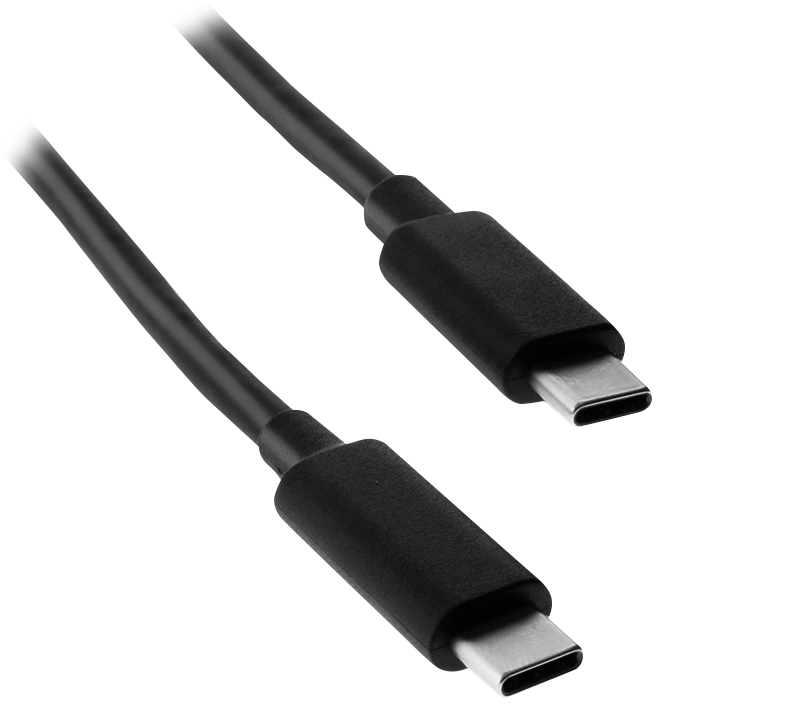The Future of USB
USB-C™ or USB Type-C™ is the up and coming standard connector for the newest laptops, smart phones, video adapters and more. Because of its rich versatile features, USB-C will eventually replace existing legacy connectors including USB-A and USB-B. USB-C is now being widely adopted by some of the most recognized computer manufacturers such as Apple, Dell, and HP.
Power Delivery
With Power Delivery capabilities, USB-C can simultaneously charge devices and transfer multiple digital files.
Universal Usage
USB-C versatility is unmatched with its ability to shoulder numerous popular interfaces.
Simple Design
The orientation of the connection doesn’t matter; power and ground are in the same place all the time.

Bridging the Generation Gap
The USB-C standard bridges the gap between what was USB 3.0, to the new renamed USB 3.1 Generation 1 and 2. Gen 1 of USB 3.1 supports up to 5 Gbps data transmission speed while Gen 2 supports up to 10 Gbps. Both generations of USB 3.1 are backwards compatible to earlier versions of USB, but speed is fully dependent upon the USB version of the connected device.
Compatible With
Phones
Keyboards
Tablets
Gaming Devices
Laptops
Printers
Cameras
File Transfers
USB-C FAQ
What does USB-C solve?
Technological versatility is maximized with USB-C becoming the new standard. USB-C will become the one cable for multiple uses. Power delivery as well as quick file transferring makes for a truly universal connector. Also, the connector is reversible by design so the orientation of the connection doesn’t matter; power and ground are in the same place all the time.
What is the difference between USB-C and USB-A?
USB-C technology expands on what USB-A as well as USB-B and other USB connectors could not give you. The USB-C connector, unlike its predecessors, will offer Power Delivery to charge devices as well as the ability to move data.
How much faster is USB-C?
In bridging the gap between USB 3.0 and USB 3.1 technologies, the USB-C connector comes in two Generations. USB-C Generation 1 offers up to 5Gbps of data transmission while Generation 2 offers up to 10Gbs of data transmission.
Is it backwards compatible?
While USB Type-A, B, and Micro-B connections are still used, USB-C cables have been created to accommodate those legacy connections. USB-C has essentially been made to be backward compatible with USB 2.0 and USB 3.0 devices using older connector types either directly from the cable or through the use of an adapter.
Are there any devices that have already implemented it?
Because of its rich versatile features, USB-C (also called USB Type-C) will eventually replace existing legacy connectors USB-A, USB-B, etc. USB-C is now being widely adopted by some of the most recognized computer manufacturers such as Apple, Dell, HP, and others.
What is PD or Power Delivery?
In simple terms USB-C PD is power delivered through a USB-C connection to fully power or charge that device. The USB power delivery values range from 45 to 100W of power with 3 Amps of current through a single cable or adapter from a direct power source.
What else can USB-C do?
Besides power delivery and data transmission, USB-C also allows, through the use of an adapter, video connection capabilities. VGA, HDMI, or even DVI cables can be used to mirror your screen data to a monitor or projector.
How can I learn more about USB Type-C?
Aside from this page, more information about USB Type-C can be found on our recent blog post.


